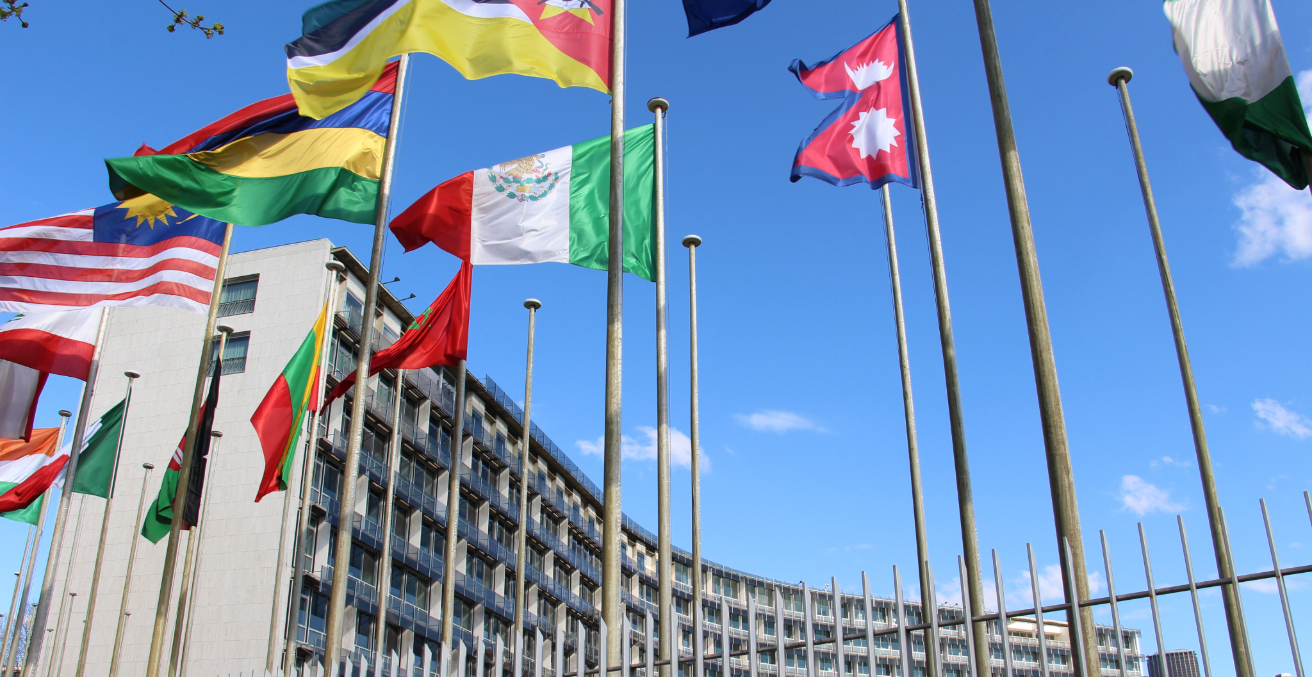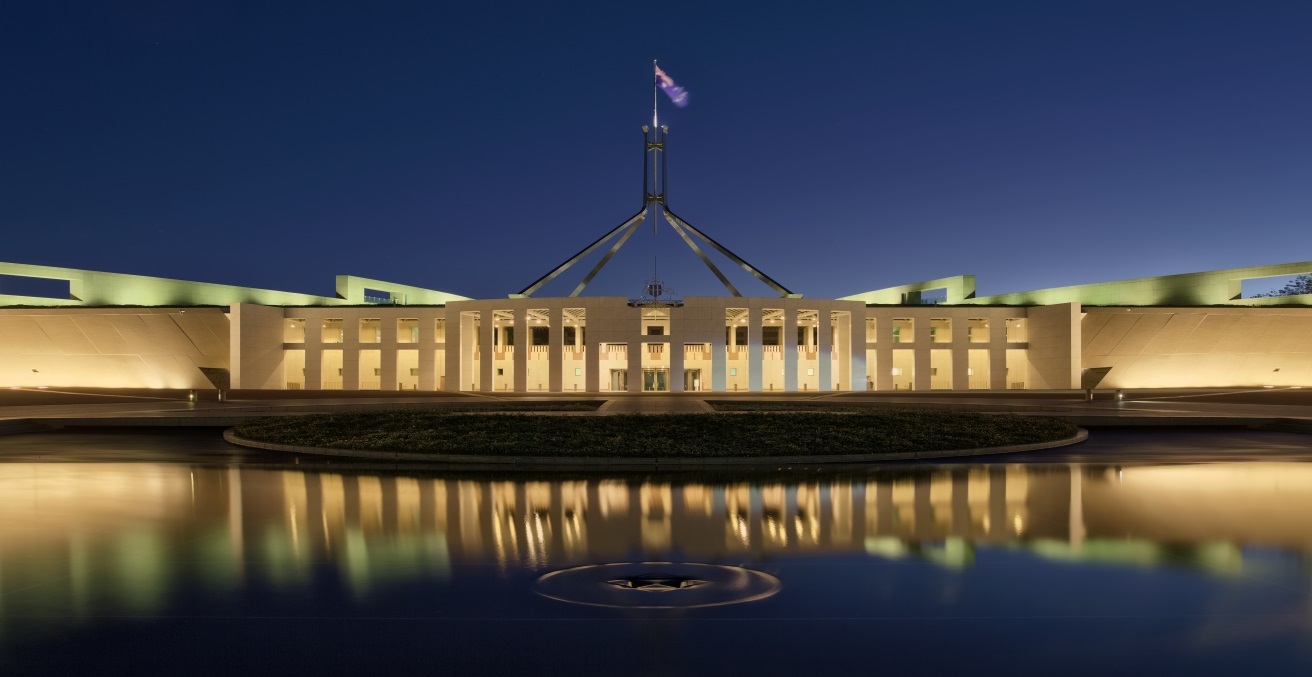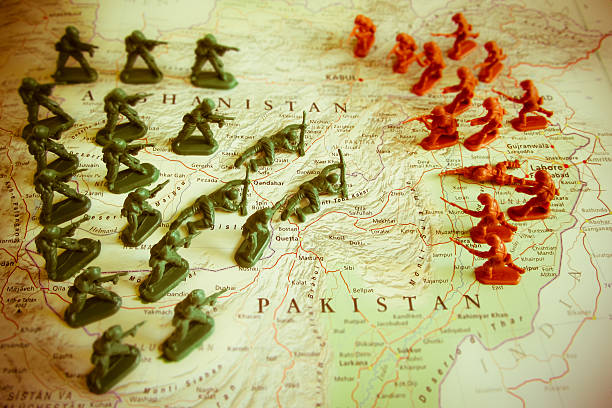As UNESCO convened in Paris to celebrate global heritage, its silence on state-led destruction in conflict zones revealed a growing disconnect between lofty ideals and political realities. Without bolder action, the World Heritage Convention risks becoming a symbolic relic itself.
Over the last week in Paris, UNESCO hosted the 47th session of its World Heritage Committee, a high-level gathering of diplomats and heritage experts. The stakes were high, not only because the meeting determined which sites would be inscribed on the World Heritage List, but because it came at a time when heritage sites across the globe are under threat from active conflict—from Gaza and Ukraine to Sudan, Syria, Yemen, Myanmar and elsewhere.
Despite these ongoing threats to heritage, in her opening remarks UNESCO Director-General Audrey Azoulay declared:
“If there’s one form of multilateralism that knows no crisis, it’s heritage. With its 196 States Parties, our Convention is one of the most universally ratified—a true plebiscite and a solid popularity in every corner of the world.” (UNESCO)
This statement speaks to the symbolic power of UNESCO’s 1972 World Heritage Convention, established nearly three decades after the agency’s founding in the wake of World War II. And yet, the irony is difficult to ignore. Even as the Director-General celebrates UNESCO’s global consensus, heritage sites in active conflict zones are being bombed, looted, and razed—often with no meaningful consequences for the perpetrators.
Indeed, notably absent from the Committee’s 47th session was a strong, unified condemnation of this ongoing destruction, especially when the aggressors are sovereign states. While the Committee inscribed several new sites, including former Khmer Rouge prisons in Cambodia, it offered only muted acknowledgments of recent violence against heritage. Despite mounting evidence of attacks on cultural sites in Gaza, Kharkiv, and Omdurman, no formal declarations were issued, and no states were publicly named.
This silence highlights a broader issue we explore in a recent article in the European Journal of International Relations. The article examines how UNESCO’s normative framework has evolved over time, particularly in response to the deliberate destruction of cultural heritage by non-state armed groups like the Islamic State and Ansar al-Dine.
In the wake of such attacks during the 2010s, UNESCO effectively expanded its core mission from merely “saving the heritage of the world” to also “preventing threats to human security.” Under the leadership of former Director-General Irina Bokova, UNESCO framed the targeting of heritage as a security issue—a way of attacking community identity and fomenting terror. This reframing was widely embraced by other multilateral bodies: the UN Security Council’s Resolution 2347 in 2017 called for military protection of heritage, supported prosecutions for cultural destruction as war crimes, and recognised the link between looted antiquities and terrorist financing.
This was a significant moment. It marked the first time heritage was formally acknowledged not just as a cultural concern, but as integral to international peace and security. But as our research shows, this expanded normative framework has serious limitations—particularly when confronted by state-led destruction.
In cases like the ongoing war in Ukraine, or Israel’s bombardment of Gaza, UNESCO has struggled to take a clear stand. It cannot impose sanctions. It avoids naming states. And its diplomatic processes—designed for consensus among 196 state parties—make firm action nearly impossible when politically sensitive conflicts are involved.
This is not just a bureaucratic problem. It signals a deeper tension between UNESCO’s global popularity and its operational power. On paper, the World Heritage Convention is one of the most widely ratified treaties in the world. But its ability to act meaningfully in the face of crisis is constrained by the very multilateralism it celebrates.
Our research proposes that UNESCO’s normative framework is best understood as a “norm cluster”—a set of interlinked principles and practices that evolve together. Originally, this cluster focused on post-war reconstruction and the prevention of damage by state actors, as codified in instruments like the 1954 Hague Convention and the 1970 Convention on Illicit Trafficking. In response to attacks on Palmyra and Timbuktu, the cluster evolved: new language linked heritage to global security, and new behaviours (like military intervention and war crimes prosecution) were added.
However, the recent failure to confront heritage destruction by states suggests that this expansion has stalled. Without the political will to enforce its principles, the norm cluster risks becoming hollow—rhetorically rich but practically weak.
What would a more effective response look like?
- Public naming of perpetrators: While politically sensitive, UNESCO must consider stronger language and moral clarity in denouncing acts of cultural destruction—regardless of who commits them.
- Collaboration with accountability bodies: Partnering with institutions like the International Criminal Court could help translate heritage crimes into legal consequences, as was done in the 2016 prosecution of Ahmad al-Faqi al-Mahdi for the destruction of mausoleums in Timbuktu.
Such measures would not require abandoning multilateral diplomacy—but they would demand a more courageous version of it.
UNESCO is right to celebrate the global reach of its heritage mission. But as we wrote in our article, norm clusters cannot remain static. They must respond to crises—not just with declarations, but with action. Otherwise, the ideals of the World Heritage Convention risk fading into nostalgia, even as the world’s cultural foundations continue to crumble.
Heritage protection is not just about preserving the past. It is about safeguarding the identities, histories, and futures of communities under siege. In Paris, UNESCO had a chance to reaffirm that mission. It did part of the job—but the world needs it to do more.
Benjamin Isakhan is Australian Research Council Future Fellow in the Alfred Deakin Institute and Professor of International Politics in the School of Humanities and Social Sciences at Deakin University, Australia. He is also Adjunct Senior Research Associate, Department of Politics and International Relations at the University of Johannesburg, South Africa and Consulting Scholar at the Penn Cultural Heritage Centre at the University of Pennsylvania in the US.
Lynn Meskell is Richard D. Green Professor of Anthropology in the School of Arts and Sciences, Professor in the Department of Historic Preservation, and curator in the Middle East and Asia sections at the Penn Museum. She is currently A.D. White Professor-at-Large at Cornell University (2019–2026).
This article is published under a Creative Commons License and may be republished with attribution.





